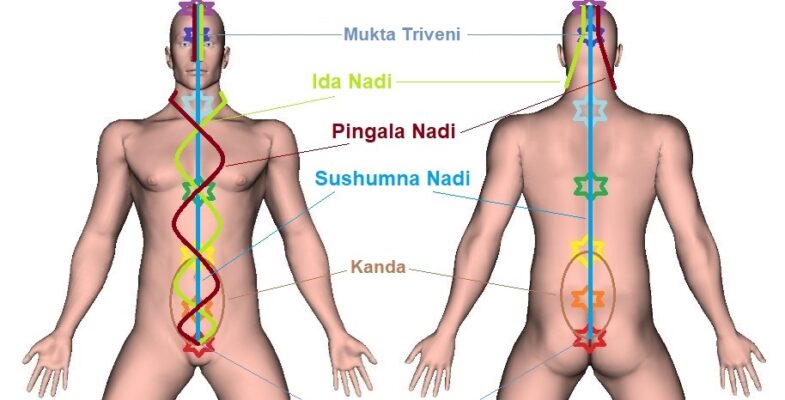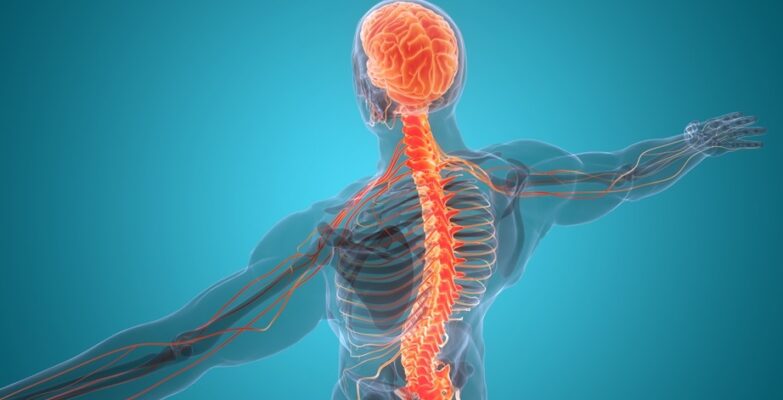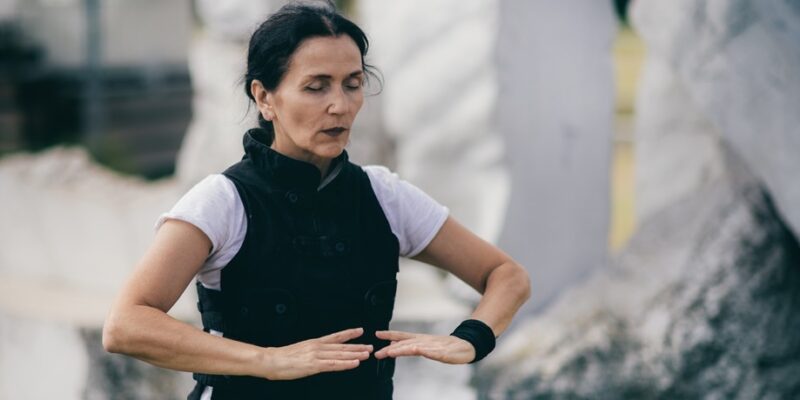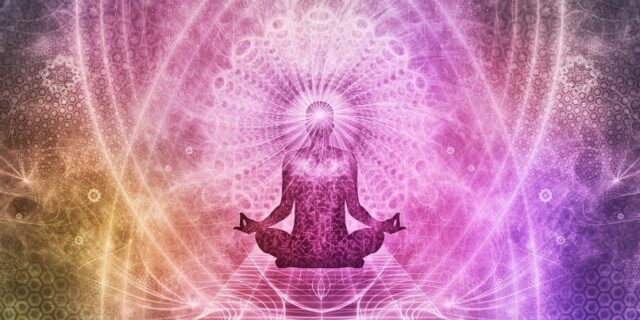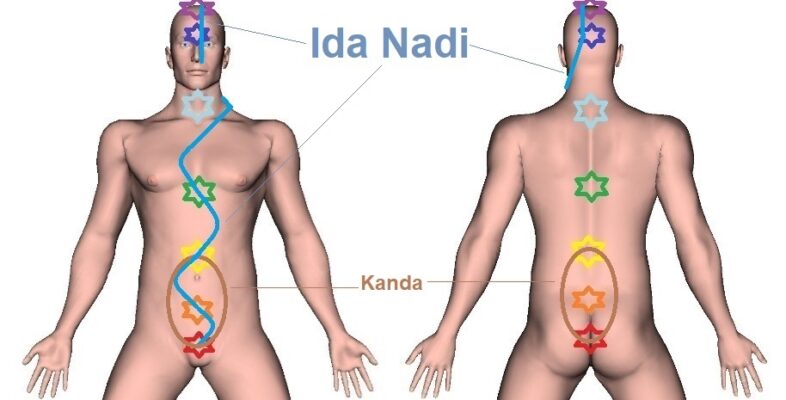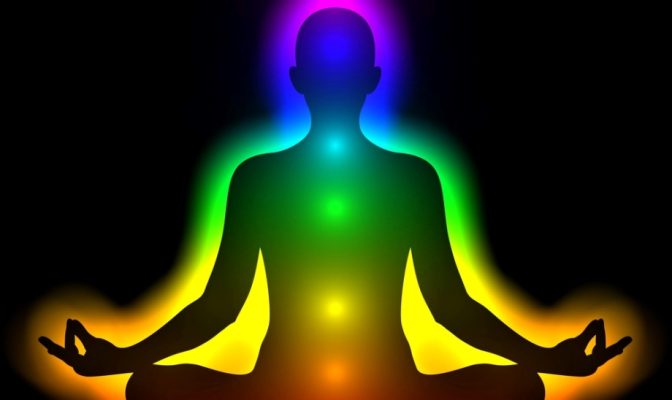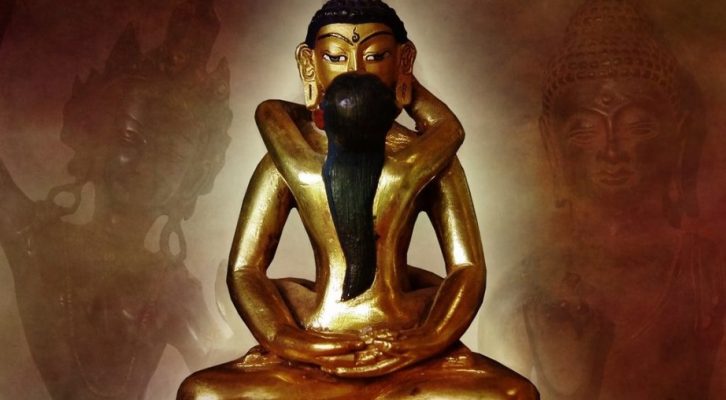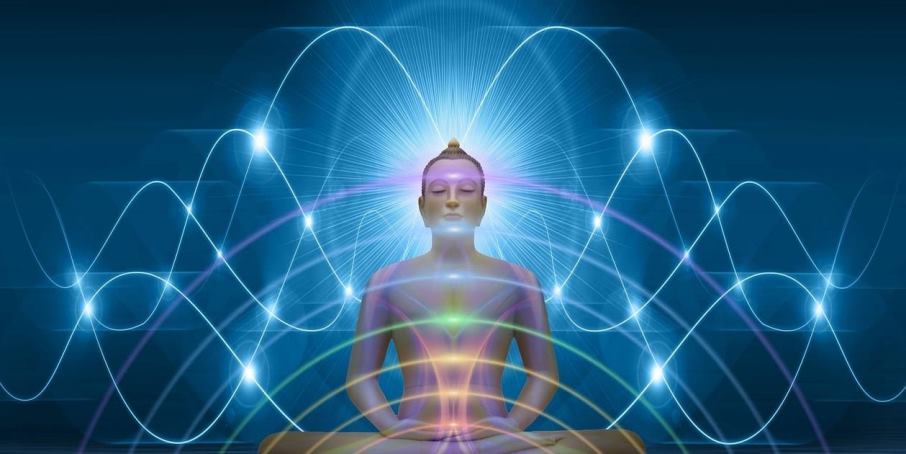
An important consideration we need to make when it comes to the current conception of the Yogic body is that the number and functional meaning of the various elements (components or constituents) it is supposedly composed of has changed over time.
Traditionally, the core aims of practicing Yoga were to attain spiritual liberation, transcendental insights and wisdom, special powers, and/or longevity. In fact, the various constructs of the Yogic body are actually made of the tools and techniques brought into the practice to achieve those aims. Furthermore, the specific type of Yogic or spiritual tradition shaped (and today still shapes) the kinds of tools and techniques that were/are developed and used, or — by contrast — were or are discarded.

That is, concepts such as Chakras, Prana, Nadis, Pancha Kosha, and Marma Points have seen an evolution, and how we perceive and interpret them today is not how people interpreted them (or were even aware of them) 2,000 years ago. It’s also important to understand that — at any given time and moment — different Yogic lineages and traditions had different ideas about what the Yogic body consisted of.
Additionally, how we use and what we think of the Yogic body and its constituting elements today is most likely not how people will use them or think about them 500 years from now. As such, we need to realize that the (view of) the “Yogic body” is not something static but a phenomenon that’s in continuous development.
Apart from the fact that the traditional elements (i.e. constituents) are developing or — at least — changing, new elements were and are brought into view. As such, we could say that — through the millennia — the Yogic body developed continually, notably becoming more complex and also shifting in various directions.
For instance — depending on the era and Yogic lineage — the Yogic body changed from solely being a spiritual notion to an idea with more physical add-ons. Then again, some elements of the Yogic body moved in an opposite direction, that is, from the purely physical realm to a more spiritual sphere, and sometimes — after centuries — again to a more physical outlook.
But let me give some practical examples to clarify the above.

For example, in the earliest teachings Kundalini Energy and the Chakras were rather imaginary Yogic elements that needed to be visualized as a help to attain non-ordinary states of consciousness and achieve spiritual awakening. Today, however, these same elements are rather seen as actual, physical components of the body that can be manipulated, not only by visualization or meditation practices, but even with hands-on techniques, such as massage.
The Nadis in their earlier conception were predominately referred to as gross channels, such as blood vessels, lymphatic conduits, and nerves, but over time they became more subtle, even invisible. To be precise: an extra “layer” was added to the concept of Nadis (a subtle layer), besides the gross material layer, which were subsequently referred to as Yoga Nadis or Prana Nadis.
To stay with the Prana Nadis, we can see that the number of principal Prana Nadis varies, and it depends on the era and lineage how many and which Nadis were the most important Nadis. In fact, it seems that the earliest texts only mentioned two main Nadis, which gradually developed to three, then to ten, and finally to fourteen major Nadis.
Another aspect of the development of the Yogic body is that sometimes already existing elements (which were used outside the Yogic context) were added. For instance, the extended idea of different types of Pranic Winds i.e. Vayus (which had its own historical development), was only later brought into Yoga practices and subsequently as basic constituents of the Yogic body.
In any case, the examples are numerous. The bottom line is that the ideas about the structure of the Yogic body changed through the centuries, primarily by adding new or borrowed constituents to it, such as Chakras, Kundalini, and Pancha Kosha Sheaths, while those constituents also had their own unique development.
Today, we basically see two opposite developments taking place. One that reevaluates and tries to more accurately reinterpret the classical ideas of the Yogic body, and another development that rather tries to discard the older ideas as obsolete, and reinterprets the Yogic body through the lens of contemporary science making it a structure of “flesh and blood,” that is, muscles, tendons, nerves, circulatory system, and connective or myofascial tissues.








